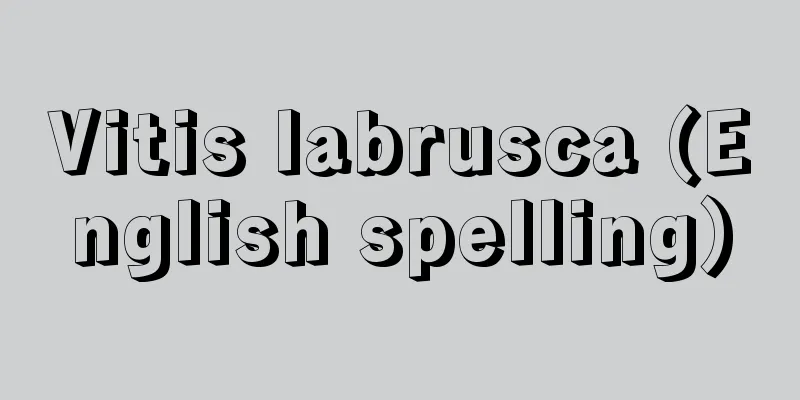Marginal productivity

|
The increase in output obtained by increasing the input of a particular production factor by one unit from a certain level when the input of other production factors remains constant. Generally, marginal productivity tends to decrease as the input of production factors increases, which is called the law of diminishing marginal productivity. Now, if the production volume is Y and the labor input is L , the production function is Y = f ( L ) Δ L = L 1 - L 0 , Δ Y = Y 1 - Y 0 Next, let us consider how a firm decides on its labor input when the money wage rate w and the product price p are given. The firm's revenue is pY = pf ( L ), and its labor cost is wL . In (2), profit (= pY - wL ) is shown as the vertical distance between the revenue curve pY and the labor cost line wL . The firm selects the labor input that maximizes this profit. As is intuitively clear, this is the labor input where the slope of the revenue curve is equal to the slope of the labor cost line. In other words, at this time, the marginal productivity of labor (the product of the marginal productivity of labor and the product price) is equal to the money wage rate. This can also be interpreted as the equality of the real wage rate ( w / p ) and the marginal productivity of labor. If the marginal productivity of labor is greater (smaller) than the money wage rate, profits can be increased by adding (reducing) labor employment. This concept of marginal productivity plays an important role in production theory and distribution theory. [Toshiyuki Uchijima] [Reference] | |©Shogakukan "> Marginal productivity diagram (figure) Source: Shogakukan Encyclopedia Nipponica About Encyclopedia Nipponica Information | Legend |
|
他の生産要素の投入量が不変であるときに、特定の生産要素の投入量をある水準から1単位増やすことにより得られる生産物の増加分のこと。一般に限界生産力は、生産要素投入量の増加とともに減少する傾向がみられ、これを限界生産力逓減(ていげん)の法則という。 いま生産量をY、労働投入量をLとすると、生産関数は ΔL=L1-L0,ΔY=Y1-Y0 次に、貨幣賃金率w、生産物価格pが所与であるときの企業の労働投入決定の仕方を考えてみよう。企業の収入はpY=pf(L)であり、労働費用はwLである。の(2)において、利潤(=pY-wL)は収入曲線pYと労働費用直線wLとの垂直距離として示される。企業はこの利潤が最大となる労働投入量を選択する。それは直観的に明らかなように、収入曲線の傾きと労働費用直線の傾きとが等しくなる労働投入量である。つまりこのとき、労働の価値限界生産力(労働の限界生産力と生産物価格との積)は貨幣賃金率に等しい。これはまた、実質賃金率(w/p)と労働の限界生産力との均等と読み替えることができる。労働の価値限界生産力が貨幣賃金率よりも大きい(小さい)ならば、労働雇用を追加(削減)することにより、利潤を高めることができる。 このような限界生産力概念は、生産理論、分配理論において重要な役割を果たしている。 [内島敏之] [参照項目] | |©Shogakukan"> 限界生産力説明図〔図〕 出典 小学館 日本大百科全書(ニッポニカ)日本大百科全書(ニッポニカ)について 情報 | 凡例 |
<<: Theory of marginal productivity
Recommend
Koskenniemi (English spelling)
Born: July 8, 1885 in Oulu [Died] August 4, 1962, ...
Sefar
…Women are depicted in profile, often with exagge...
Clavulinopsis miyabeana (English spelling) Clavulinopsis miyabeana
…[Rokuya Imaseki]. . … *Some of the terminology t...
Japanese silverleaf - Japanese silverleaf
A perennial plant of the Asteraceae family. It ha...
Vantongerloo, G.
…De Stijl (Dutch for "The Style") was t...
Dissident - Ironha (English spelling) Dissidenty
A critical and active minority in the Soviet Union...
Grater - Oroshigane
…The tool for making oroshi appears in the “Nippo...
Competitive Karuta - Kyogi Karuta
This is a competition in which players compete to...
Chikuhi Line
The name of the Kyushu Railway Company's trac...
Bluebell - Bluebell
A perennial plant of the family Boraginaceae (APG...
Yellow baldness - Yellow baldness
...Red and white clay are used for the clay body,...
general science
…The heuristic method, which the British professo...
Toscanelli, Paolo dal Pozzo
Born: 1397. Florence [Died] 1482. Florence, Italia...
Yoshisuke Ito
Year of death: August 5, 1585 (August 29, 1585) Ye...
British Artists Association
...After that, the Salon de la Société des artist...









